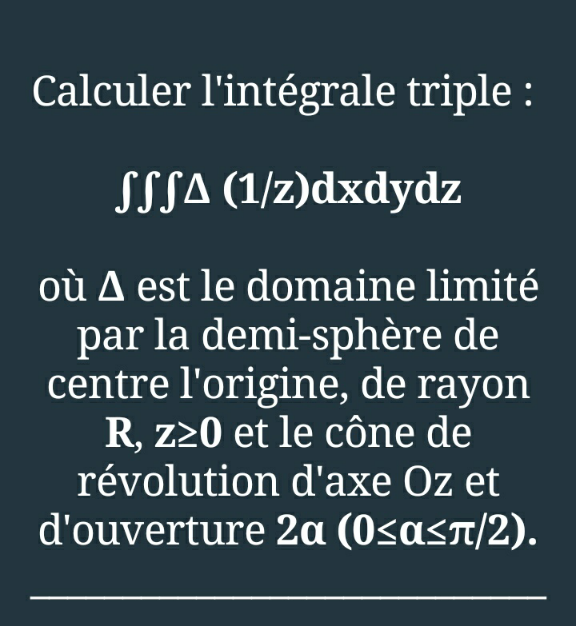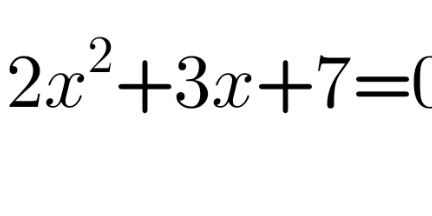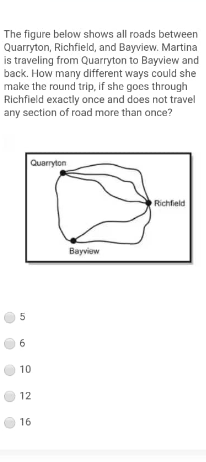
AllQuestion and Answers: Page 1004
Question Number 119681 Answers: 4 Comments: 0
Question Number 119679 Answers: 1 Comments: 0
Question Number 119661 Answers: 0 Comments: 2
Question Number 119659 Answers: 2 Comments: 0
Question Number 119657 Answers: 1 Comments: 2
Question Number 119648 Answers: 1 Comments: 1
Question Number 119647 Answers: 1 Comments: 0

Question Number 119646 Answers: 0 Comments: 1

Question Number 119645 Answers: 1 Comments: 1
Question Number 119644 Answers: 5 Comments: 0
Question Number 119636 Answers: 1 Comments: 0
Question Number 119635 Answers: 1 Comments: 0
Question Number 119634 Answers: 2 Comments: 0
Question Number 119629 Answers: 1 Comments: 0

Question Number 119618 Answers: 1 Comments: 0

Question Number 119611 Answers: 0 Comments: 0

Question Number 119600 Answers: 2 Comments: 0
Question Number 119588 Answers: 1 Comments: 0

Question Number 119580 Answers: 3 Comments: 0
Question Number 119576 Answers: 2 Comments: 0

Question Number 119575 Answers: 1 Comments: 0
Question Number 119572 Answers: 0 Comments: 3

Question Number 119570 Answers: 3 Comments: 0
Question Number 119567 Answers: 1 Comments: 0
Question Number 119591 Answers: 0 Comments: 6
Question Number 119565 Answers: 2 Comments: 1

Pg 999 Pg 1000 Pg 1001 Pg 1002 Pg 1003 Pg 1004 Pg 1005 Pg 1006 Pg 1007 Pg 1008
